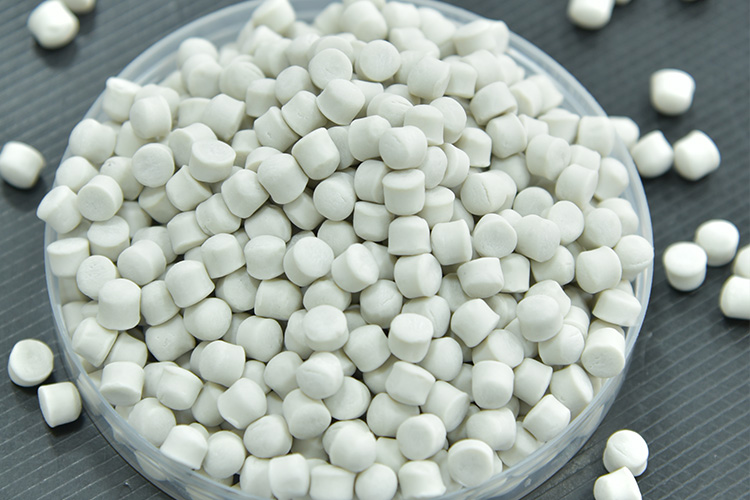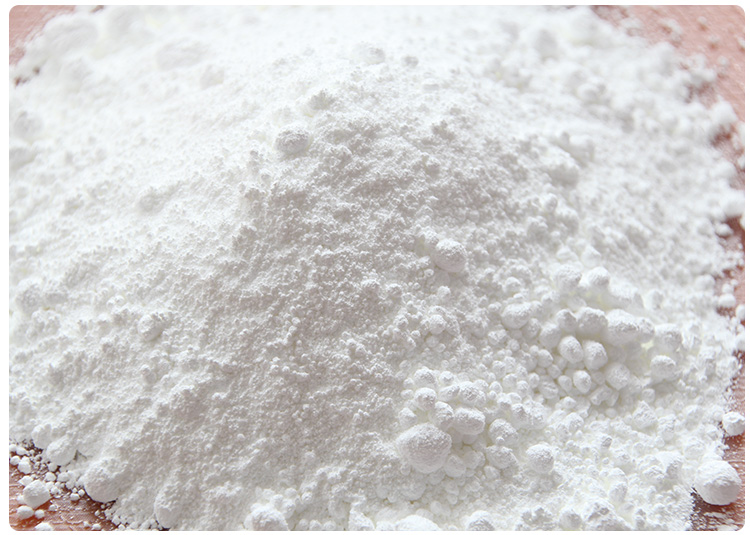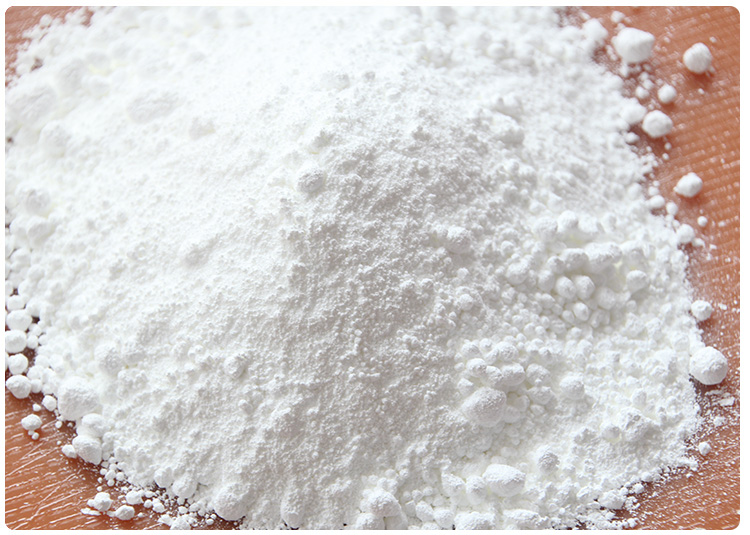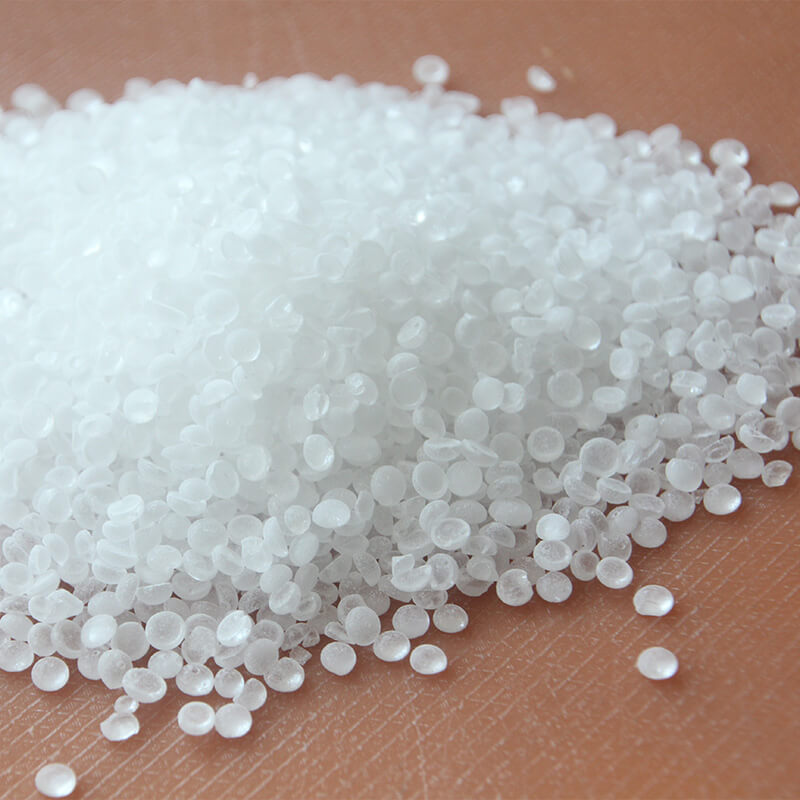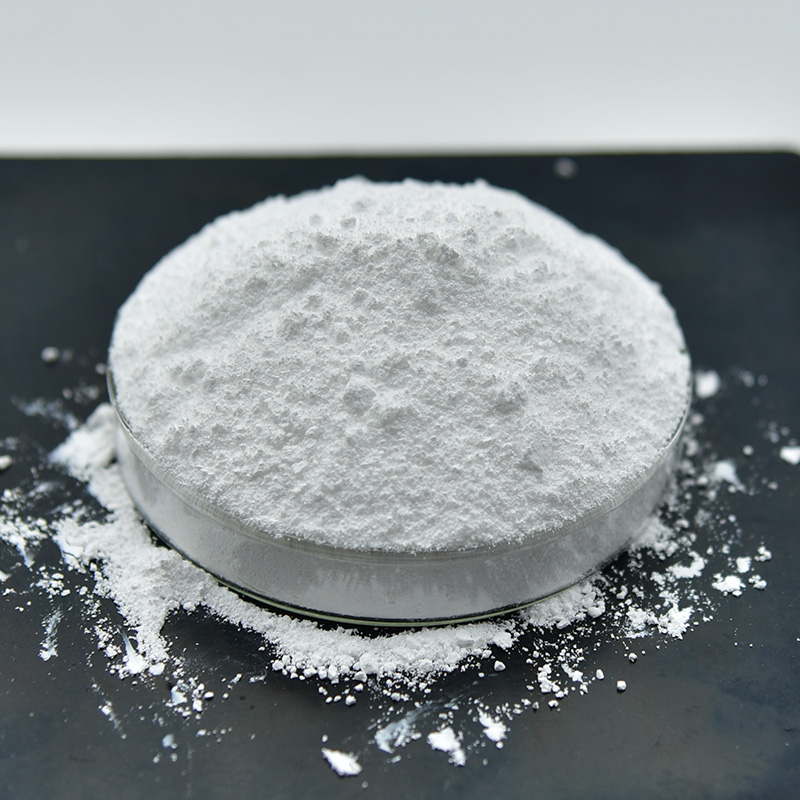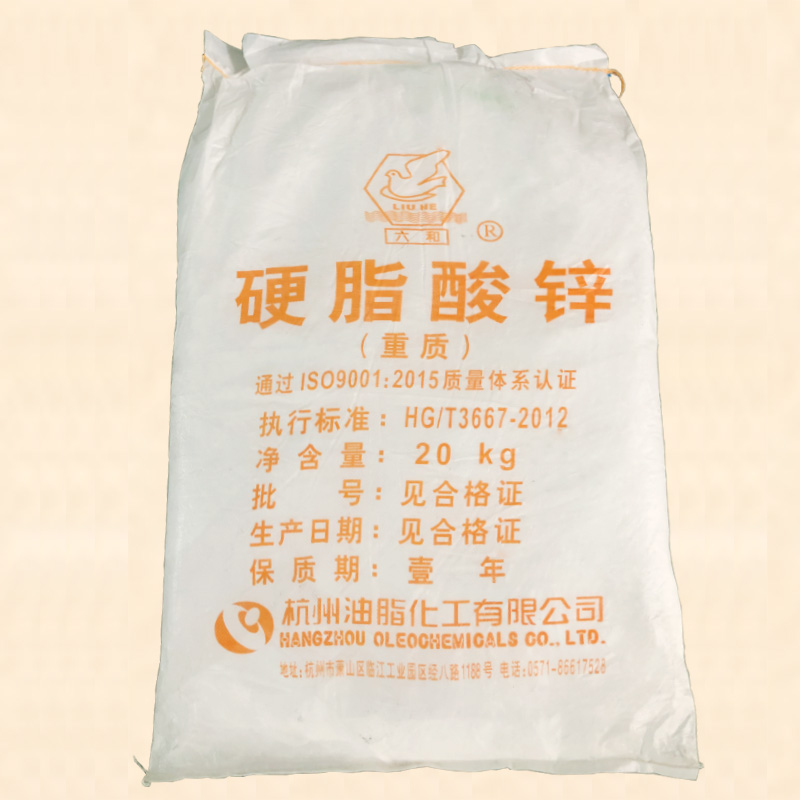Difference between DPG and MBTS rubber accelerators
- Mingpai
- 2024-06-07 10:30:56
DPG (Diphenylguanidine) and MBTS (Morpholine Butylated Thiocarbamyl Sulfide), though mentioned, is not a recognized rubber accelerator; instead, the common reference should be to CBS (Cyclohexylbenzothiazole Sulfide) or TBBS (N-Tertiary Butyl-2-Benzothiazole Sulfenamide) when discussing alongside DPG. Here's a comparison between DPG and these corrected accelerators, CBS and TBBS:
DPG (Diphenylguanidine)
- Chemistry: DPG is an amine-type accelerator, specifically a guanidine derivative, known for its ability to donate nitrogen during the vulcanization process.
- Function: It acts as a primary accelerator or activator, enhancing the activity of sulfur and accelerating the cross-linking reaction in rubber compounds.
- Characteristics: DPG promotes fast vulcanization and is often used in combination with other accelerators to achieve a balanced cure. However, it offers limited scorch protection and can lead to faster cure times, requiring careful process control.
- Benefits: Enhances physical properties like modulus and resilience, but its use can result in higher heat build-up in some rubber products.
CBS (Cyclohexylbenzothiazole Sulfide) / TBBS (N-Tertiary Butyl-2-Benzothiazole Sulfenamide)
- Chemistry: Both CBS and TBBS belong to the sulfenamide class of accelerators, characterized by the presence of a sulfenamide group (-N-S-R).
- Function: They act as delayed action accelerators, which means they decompose at higher temperatures during vulcanization to release sulfur-active species. This results in a more controlled and even cure, enhancing the efficiency of sulfur usage.
- Characteristics: CBS and TBBS offer excellent scorch safety, allowing for longer processing times without the risk of premature vulcanization. They are particularly effective in promoting high modulus, fatigue resistance, and good aging properties in rubber products.
- Benefits: Provide better processing safety, especially in complex formulations or large-volume production, and are suitable for applications where heat buildup needs to be minimized.
Differences Summary:
- Chemical Class: DPG is an amine accelerator, while CBS and TBBS are sulfenamides, indicating fundamental differences in their chemical structures and reactivities.
- Vulcanization Control: DPG accelerates vulcanization rapidly but with less scorch protection, contrasting with CBS/TBBS, which provide a more controlled and safer vulcanization process.
- Processing and Performance: DPG can lead to faster cures and increased heat generation, whereas CBS/TBBS are chosen for their ability to maintain a cooler cure and better control over the curing process, especially in thick or intricate parts.
- Combination Use: DPG is sometimes combined with CBS or TBBS to balance the cure rate and optimize the physical properties of the rubber compound, taking advantage of DPG's fast action and the scorch safety and performance enhancements offered by sulfenamides.
Choosing between these accelerators or combining them depends on the specific requirements of the rubber formulation, such as processing conditions, desired physical properties, and the overall performance expected from the final product.
